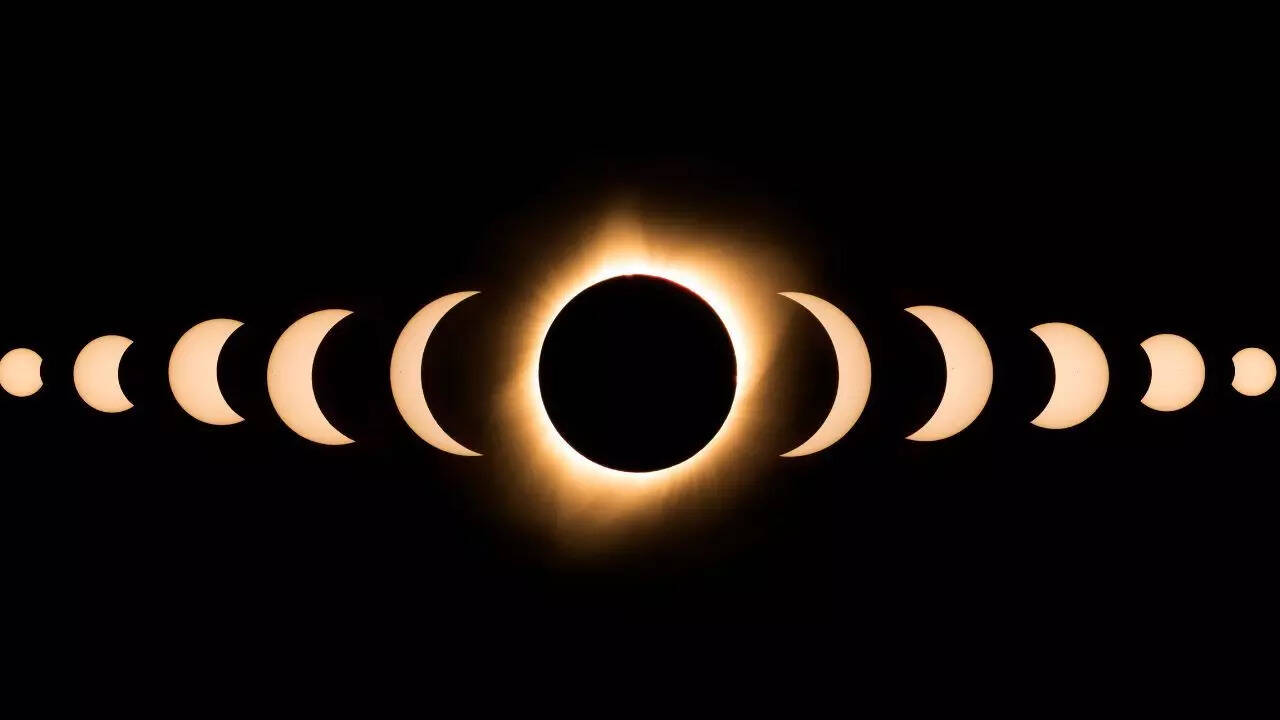Skywatchers and astronomy enthusiasts are set for a celestial event on September 21, 2025, when a partial solar eclipse will grace the skies of the Southern Hemisphere. Solar eclipses occur when the Moon aligns between the Earth and the Sun, partially or fully blocking sunlight. While this particular event will not be visible from India, it will offer breathtaking views for observers in New Zealand, eastern Australia, the Pacific Islands, and Antarctica. Besides its visual spectacle, the event holds scientific significance for studying solar activity and atmospheric changes. The September 21, 2025, partial solar eclipse may not plunge the sky into total darkness, but it promises a spectacular crescent Sun for viewers in the Southern Hemisphere. For photographers, researchers, and skywatchers, it offers an opportunity to witness celestial mechanics in action. With multiple eclipses lined up through 2026 and 2027, including one visible in India, now is the perfect time to prepare your eclipse glasses and mark your calendars.
What is a solar eclipse and why it happens
A solar eclipse occurs when the Moon’s orbit places it directly between Earth and the Sun, casting its shadow on Earth’s surface. Depending on the observer’s location and the Moon’s position, eclipses appear as:
- Partial: The Moon covers only part of the Sun, creating a crescent effect.
- Total: The Sun is completely covered, briefly turning day into night.
- Annular: The Moon appears smaller and doesn’t cover the Sun entirely, creating a “ring of fire.”
The September 2025 event will be a partial solar eclipse, making the Sun appear as a luminous crescent for viewers in its visibility path.
Solar Eclipse 2025: Date, timings, and duration of the eclipse
The September eclipse will unfold over four hours and 24 minutes, with peak visibility depending on geographic location.
- Date: Sunday, September 21, 2025
- Start Time: 17:29 UTC (10:59 PM IST)
- Maximum Eclipse: 19:41 UTC (1:11 AM IST, September 22)
- End Time: 21:53 UTC (3:23 AM IST, September 22)
- Total Duration: 4 hours 24 minutes
Where can you see the September 2025 solar eclipse
The partial eclipse will be visible primarily in the Southern Hemisphere:
- New Zealand: Cities like Wellington and Christchurch will experience a substantial portion of the Sun being covered, offering ideal skywatching conditions.
- Eastern Australia: Sydney and Brisbane will witness a smaller magnitude eclipse but still a remarkable view.
- Pacific Islands: Islands across the South Pacific will have high-quality viewing opportunities due to minimal light pollution.
- Antarctica: Scientists stationed there will enjoy unobstructed views under pristine atmospheric conditions.
Will the September 21, 2025 partial solar eclipse be visible in India
The partial solar eclipse on September 21, 2025, will primarily be visible in the Southern Hemisphere, including New Zealand, eastern Australia, the Pacific Islands, and Antarctica. Unfortunately, this celestial event will not be visible from India due to the Earth’s rotation and the eclipse’s geographic path. Indian skywatchers will have to wait for upcoming eclipses, such as the total solar eclipse on August 2, 2027, which will be visible across parts of India and several other regions. Meanwhile, enthusiasts in India can follow live streams or use virtual tools to witness the event remotely.

How scientists, photographers, and travellers benefit from partial eclipses
Although partial eclipses do not create total darkness, they offer unique opportunities for photographers, researchers, and travelers:
- For scientists: They study atmospheric temperature drops, animal behavior, and light scattering.
- For photographers: The crescent-shaped Sun creates dramatic compositions with proper filters.
- For travellers: Combining astronomy tourism with scenic regions like New Zealand and Australia makes the experience memorable.
Other upcoming solar eclipses to mark your calendar
The September 2025 eclipse is just one of several notable events coming up:
Annular Solar Eclipse – February 17, 2026
- Type: Annular (“Ring of Fire”)
- Visible From: Africa, South America, and Antarctica
Total Solar Eclipse – August 12, 2026
- Type: Total Eclipse
- Visible From: Greenland, Iceland, Russia, Portugal, Spain
Annular Solar Eclipse – February 6, 2027
- Type: Annular Eclipse
- Visible From: Africa, South America, and Antarctica
Total Solar Eclipse – August 2, 2027
- Type: Total Eclipse (Significant for India)
- Visible From: India, Africa, Europe, and parts of Asia
Safety tips for viewing the eclipse
Use solar viewing glasses: Only certified eclipse glasses or solar filters protect eyes from harmful rays.Avoid regular sunglasses: They do not provide adequate protection.Pinhole projectors and live streams: Ideal for indirect and safe viewing at home.Photography precautions: Use solar filters for cameras and telescopes to avoid sensor and lens damage.
Solar Eclipse 2025 related FAQs
1. What time will the partial solar eclipse occur on September 21, 2025?The eclipse will start at 17:29 UTC and end at 21:53 UTC, with maximum coverage at 19:41 UTC.2. Where will the eclipse be visible?It will be visible mainly in New Zealand, eastern Australia, the Pacific Islands, and Antarctica.3. Will this eclipse cause total darkness?No, it’s a partial eclipse, so the Sun will appear as a crescent, not completely dark.4. Is it safe to view the eclipse with regular sunglasses?No, only certified solar viewing glasses or filters should be used for safe viewing.5. When is the next solar eclipse visible from India?The next significant eclipse visible in India is the total solar eclipse on August 2, 2027.Also Read | NASA proves growing plants in space is key to healthy astronaut life on Mars missions and deep space travel


